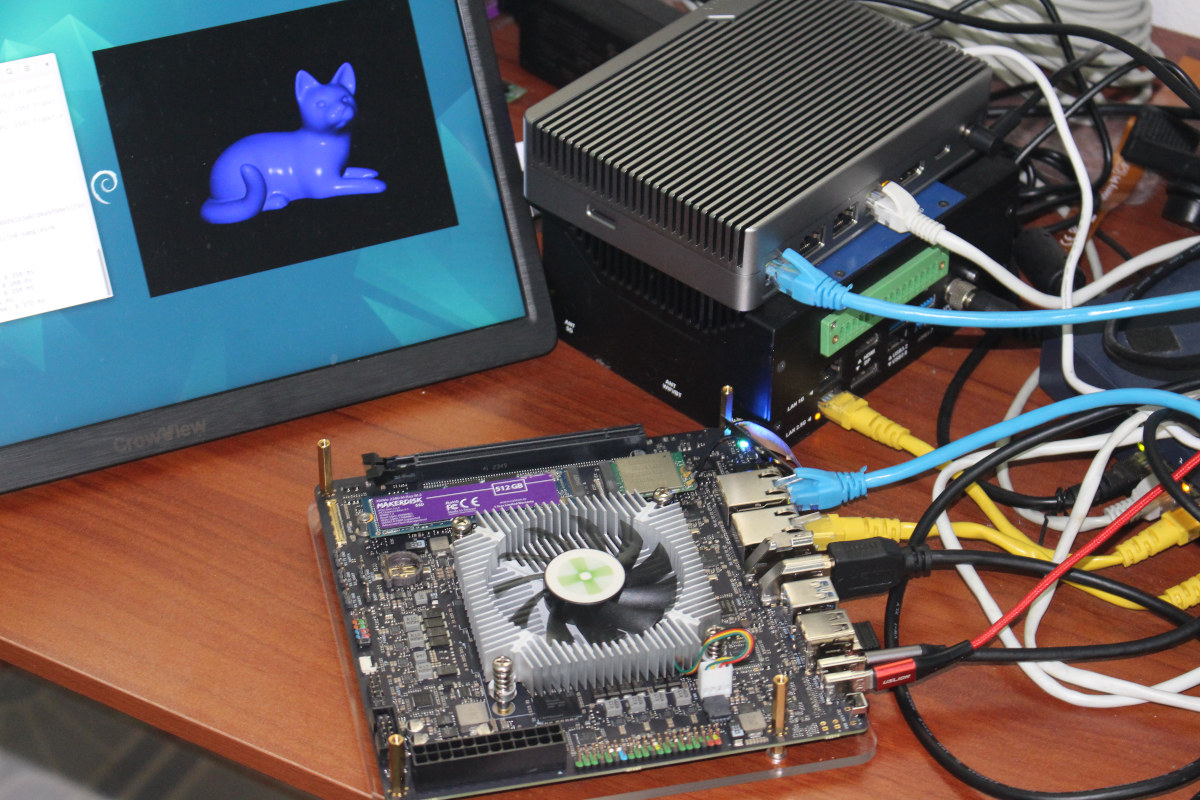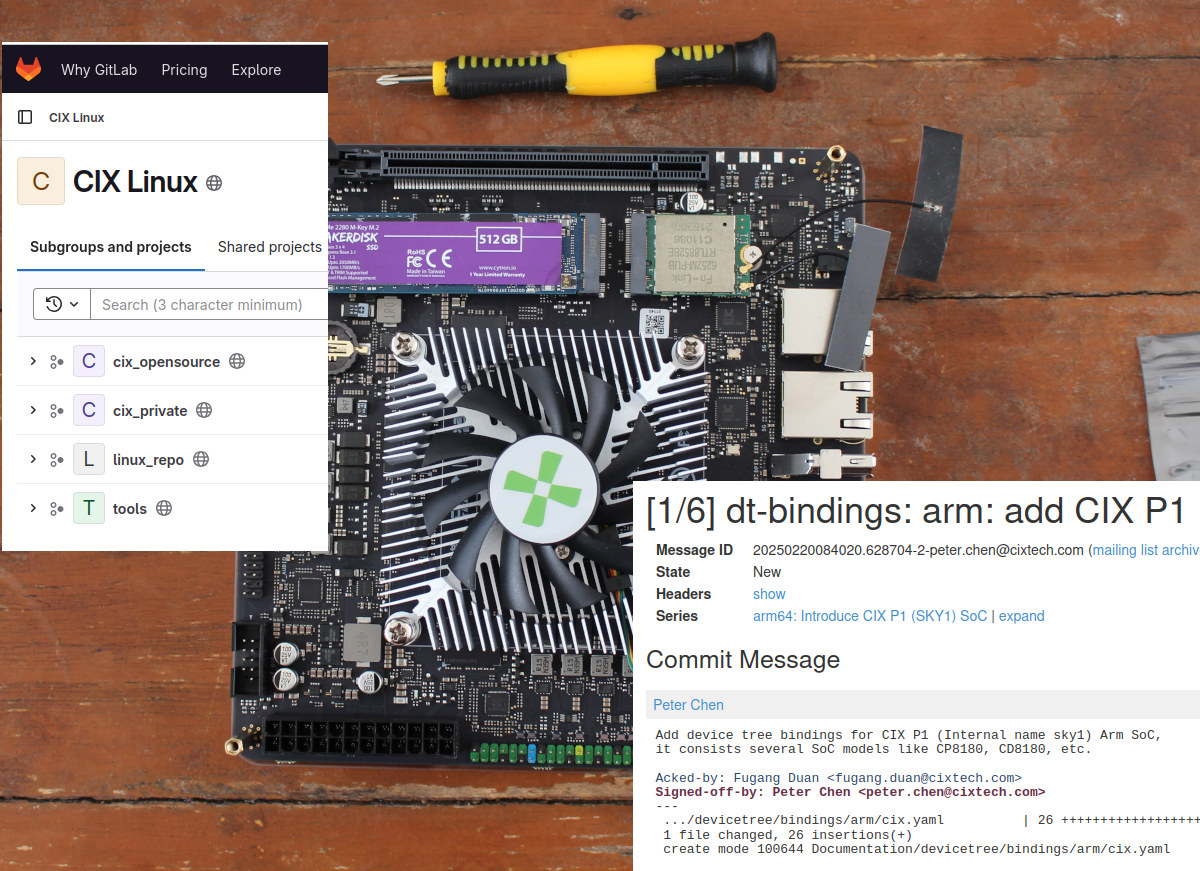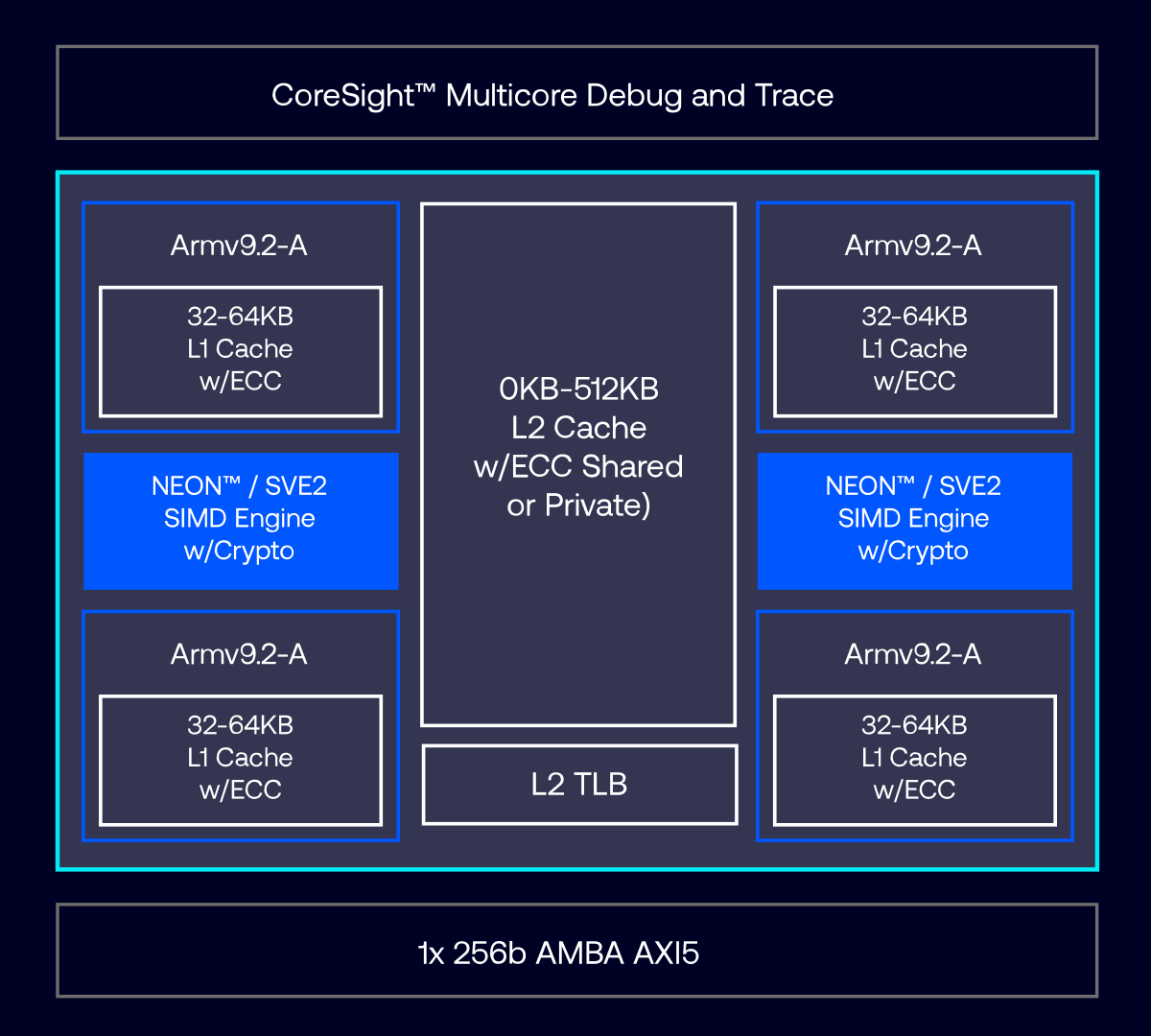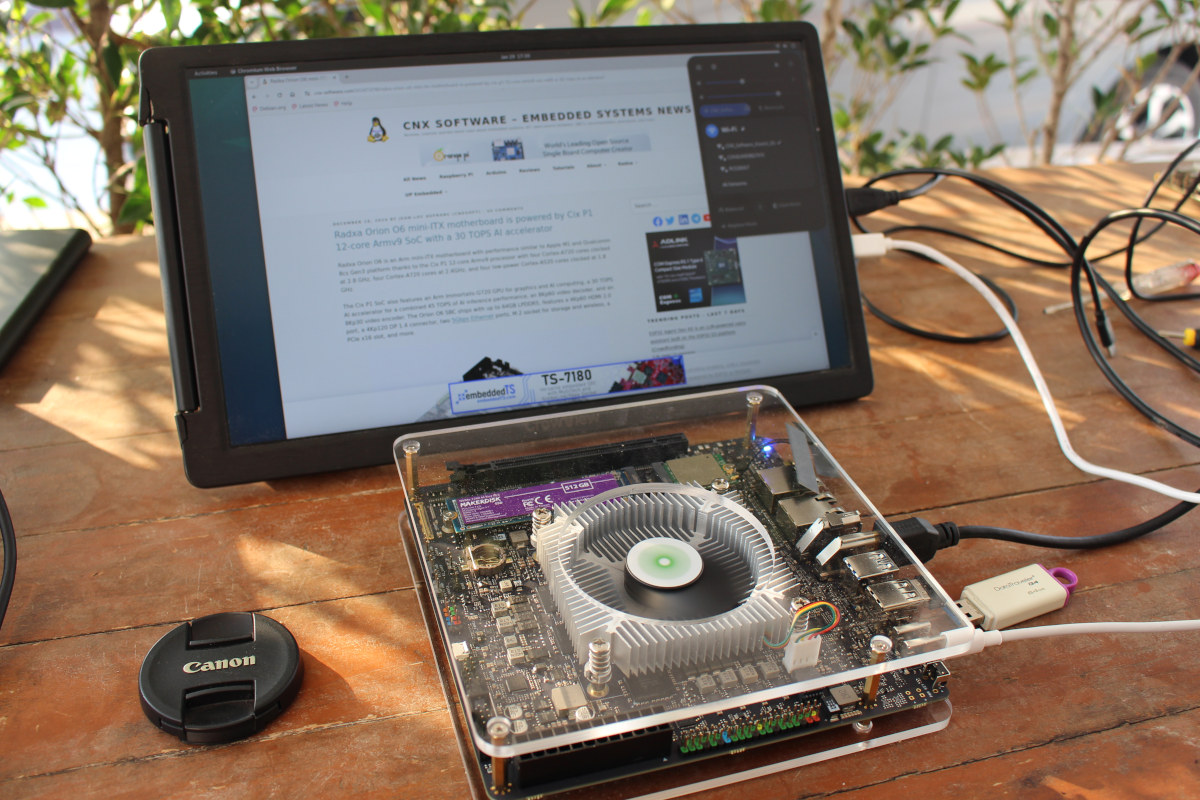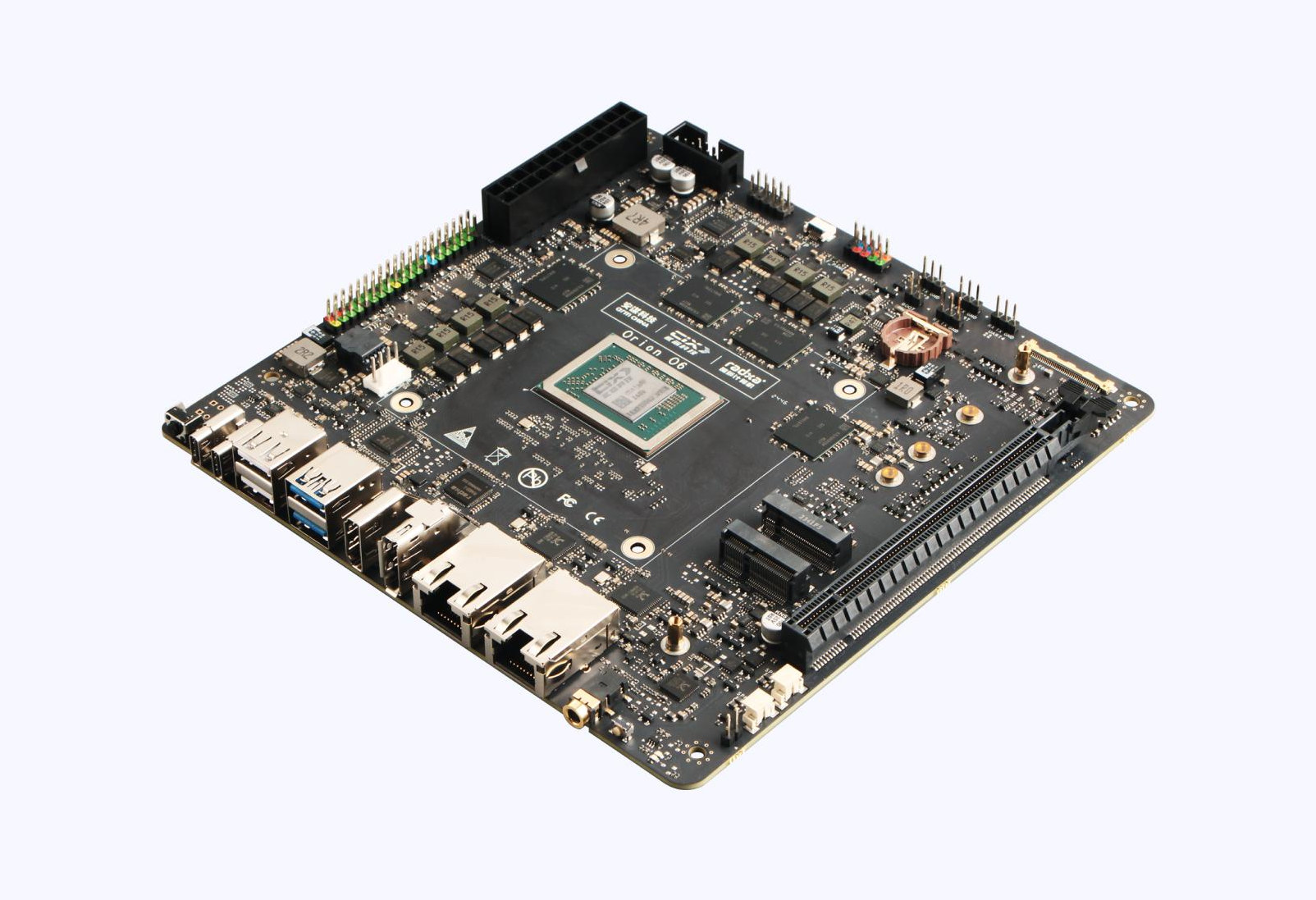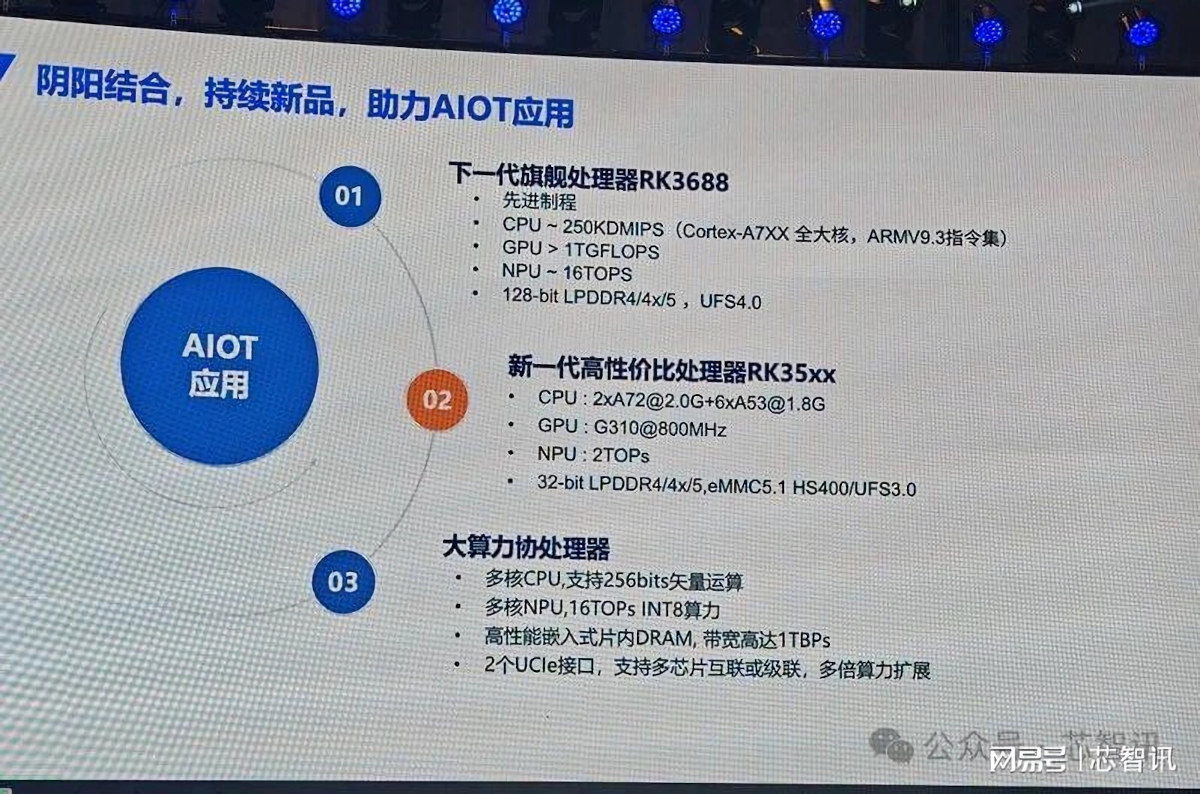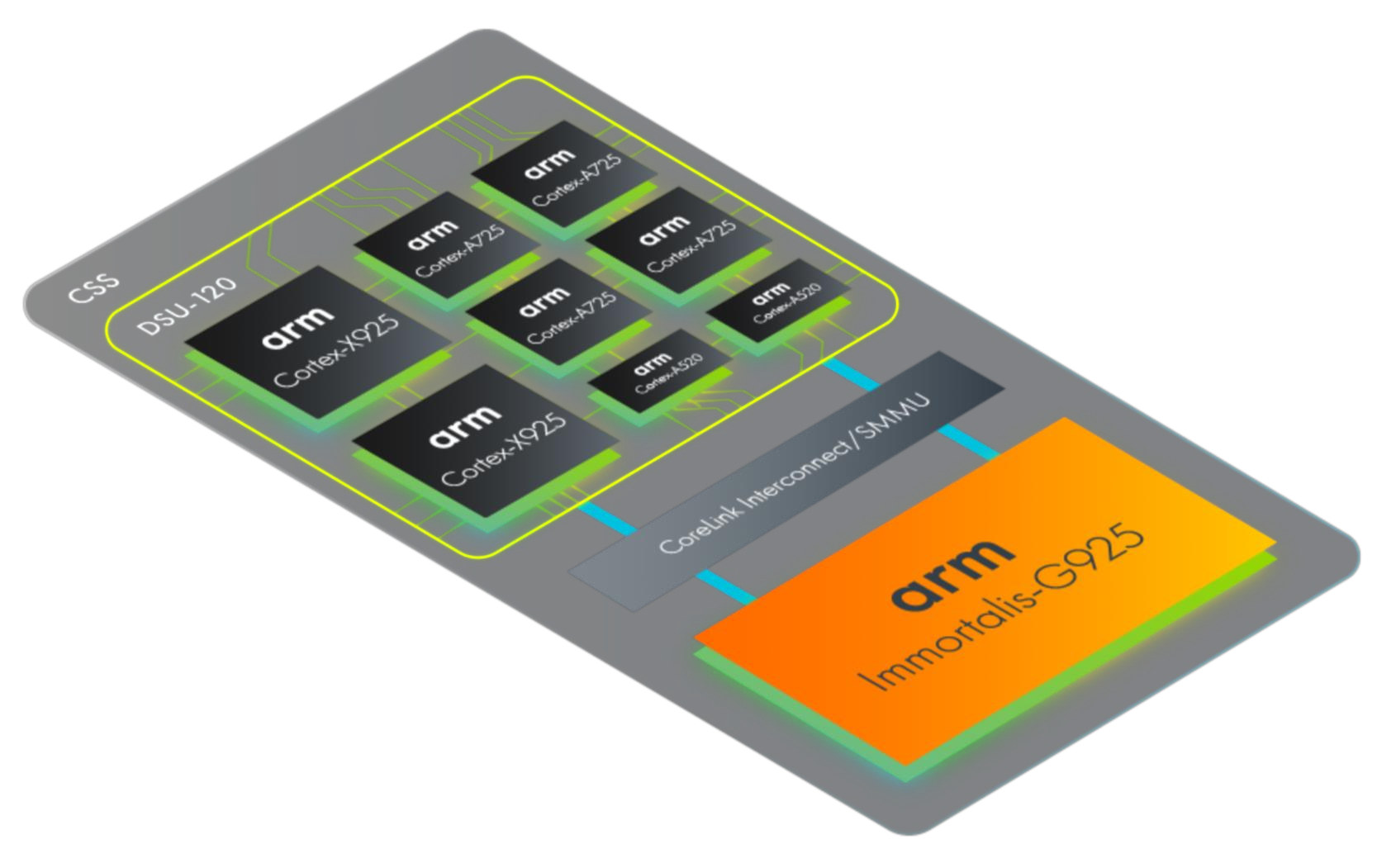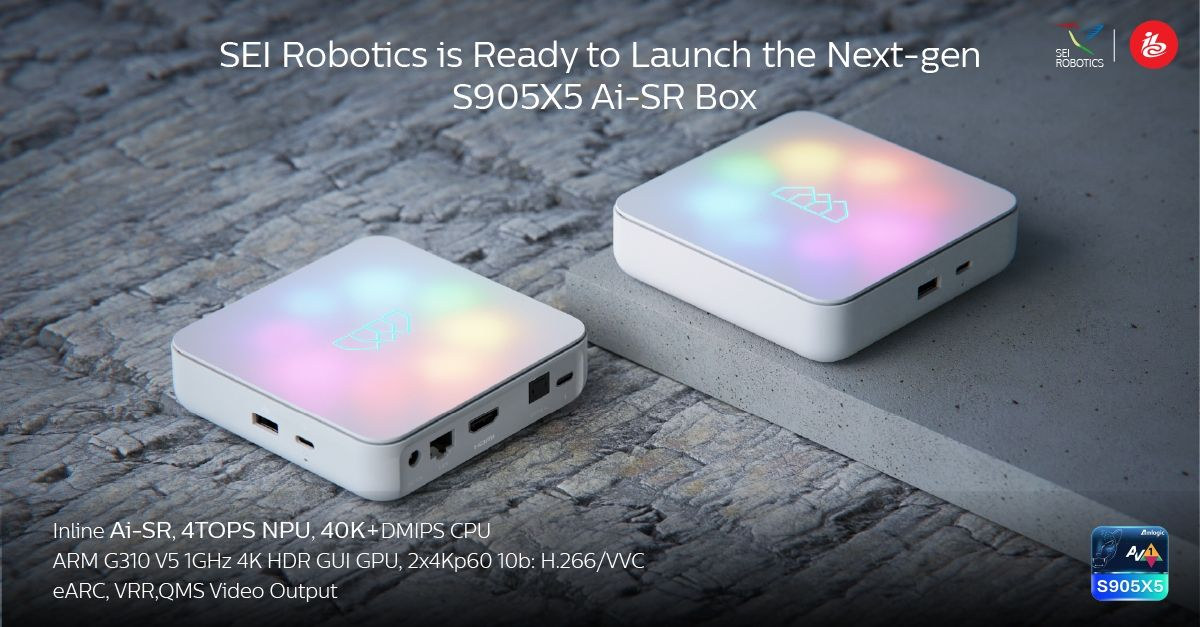I went through an unboxing and Debian 12 installation on the Radxa Orion O6 at the end of January, but decided to work on other reviews since software support still needed to be worked on. Since then, there’s been some work done, but no new image released. After waiting for almost two months, I’ve decided to carry on with the review by testing the Debian 12 image in a way similar to the Rock 5B SBC preview I did with Debian 11 in 2022 to check what works and what doesn’t on the Orion O6 at the time of the review. That will involve testing all ports, including 5GbE networking and the PCIe slot with an (old) NVIDIA graphics card, running some benchmarks, and also trying the Debian 12 image with a self-built Linux 6.13 kernel using ACPI instead of UEFI for the default image. Orion O6 SBC benchmarks on […]
Software progress and source code release for CIX P1 Armv9 SoC and Orion O6 motherboard
When the Orion O6 mini-ITX motherboard with a CIX P1 12-core Armv9 SoC was announced in December 2024, we were told binary releases would start on January 15, 2025, and the source code would be released later in Q1 2025. Tom Cubie further explained that upstreaming of the CIX kernel would start in Q2 of 2025, and Linux 6.1 with Device Tree plus Linux 6.6 with ACPI would be supported in the meantime. I’ve been able to quickly check the Debian 12 binary release on the Orion O6 motherboard at the end of January, but as I was looking for an updated image for the second part of the review, I noticed there weren’t any new Debian 12 images so far. That does not mean there haven’t been any work done, as the forums are somewhat active and I’ve been told Radxa is even more active on Discord, although I […]
Arm Cortex-A320 low-power CPU is the smallest Armv9 core, optimized for Edge AI and IoT SoCs
Arm Cortex-A320 is a low-power Armv9 CPU core optimized for Edge AI and IoT applications, with up to 50% efficiency improvements over the Cortex-A520 CPU core. It is the smallest Armv9 core unveiled so far. The Armv9 architecture was first introduced in 2021 with a focus on AI and specialized cores, followed by the first Armv9 cores – Cortex-A510, Cortex-A710, Cortex-X2 – unveiled later that year and targeting flagship mobile devices. Since then we’ve seen Armv9 cores on a wider range of smartphones, high-end Armv9 motherboards, and TV boxes, The upcoming Rockchip RK3688 AIoT SoC also features Armv9 but targets high-end applications. The new Arm Cortex-A320 will expand Armv9 usage to a much wider range of IoT devices including power-constrained Edge AI devices. Arm Cortex-A320 highlights: Architecture – Armv9.2-A (Harvard) Extensions Up to Armv8.7 extensions QARMA3 extensions SVE2 extensions Memory Tagging Extensions (MTE) (including Asymmetric MTE) Cryptography extensions RAS extensions […]
Radxa Orion O6 Review – Part 1: Unboxing, Debian 12 installation, and first benchmarks
Radxa sent me a sample of the Orion O6 mini-ITX motherboard for review. The system is powered by an CIX P1 (CD8180) 12-core Armv9 processor, equipped with 16GB RAM, and offers features like 5GbE, HDMI and DisplayPort, a PCIe Gen4 x16 slot, and more. It’s one of the most anticipated boards of the first part of 2025 since it’s powerful, offers a good performance/value ratio, and eventually promises to boot any ISO Arm64 image through an open-source BIOS / EDKII bootloader. I’ll start this review with an unboxing, NVMe SSD and WiFi module installation, and a short tutorial showing how to install Debian 12 operating systems before getting some system information and running a few benchmarks. In a few weeks, I’ll publish a more detailed review with features testing and more benchmarks to see what works and what doesn’t at this very early stage. Radxa Orion O6 unboxing I received […]
Radxa Orion O6 mini-ITX motherboard is powered by Cix P1 12-core Armv9 SoC with a 30 TOPS AI accelerator
Radxa Orion O6 is an Arm mini-ITX motherboard with performance similar to Apple M1 and Qualcomm 8cs Gen3 platform thanks to the Cix P1 12-core Armv9 processor with four Cortex-A720 cores clocked at 2.8 GHz, four Cortex-A720 cores at 2.4GHz, and four low-power Cortex-A520 cores clocked at 1.8 GHz. The Cix P1 SoC also features an Arm Immortalis-G720 GPU for graphics and AI computing, a 30 TOPS AI accelerator for a combined 45 TOPS of AI inference performance, an 8Kp60 video decoder, and an 8Kp30 video encoder. The Orion O6 SBC ships with up to 64GB LPDDR5, features a 4Kp60 HDMI 2.0 port, a 4Kp120 DP 1.4 connector, two 5Gbps Ethernet ports, M.2 socket for storage and wireless, a PCIe x16 slot, and more. Radxa Orion O6 specifications: SoC – Cix P1 (Codename: CD8180, not the CP8180 variant for AI PCs) 12-core DynamIQ processor 4x Cortex‑A720 big cores @ up […]
Upcoming Rockchip RK3688 Armv9.3 AIoT processor to feature a 16 TOPS NPU, UFS 4.0 interface
Rockchip has unveiled the RK3688 AIoT SoC with Armv9.3 Cortex-A7xx cores delivering up to 250K DMIPS (RK3588 delivers 93K DMIPS), a 1 TFLOPS GPU, and a 16 TOPS NPU. The new processor succeeds the Rockchip RK3588 octa-core Cortex-A76/A55 first announced in 2019, and also features a 128-bit LPDDR4/4x/5 memory interface, and a UFS 4.0 storage interface. That’s about all we know about the RK3688 right now, but we can also deduct it’s probably based on a new, yet-to-be-announced Arm Cortex-A7xx core, possibly named Cortex-A730 or Cortex-A735, because no Arm cores have been announced with the Armv9.3 architectures. The Arm Cortex-A725 CPU core unveiled last May still relies on Armv9.2, and I’d expect new Arm cores to be introduced within the next few months unless Rockchip made a mistake in the presentation slide above. Two other platforms were also announced at the same time starting with a new entry-level/mid-range RK35XX octa-core […]
Arm unveils Cortex-X925 and Cortex-A725 CPUs, Immortalis-G925 GPU, Kleidi AI software
Arm has just announced new Armv9 CPUs and Immortalis GPUs for mobile SoCs, as well as the Kleidi AI software optimized for Arm CPUs from Armv7 to Armv9 architectures. New Armv9.2 CPU cores include the Cortex-X925 “Blackhawk” core with significant CPU and AI performance improvements, the Cortex-A725 with improved performance efficiency, and a refreshed version of the Cortex-A520 providing 15 percent efficiency improvements. Three new GPUs have also been introduced namely the up-to-14-core Immortalis-G925 flagship GPU which delivers up to 37% 3D graphics performance improvements over last year’s 12-core Immortalis-G720, the Mali-G725 with 6 to 9 cores for premium mobile handsets, and the Mali-G625 GPU with one to five cores for smartwatches and entry-level mobile devices. Arm Cortex-X925 The Arm Cortex-X925 delivers 36 percent single-threaded peak performance improvements in Geekbench 6.2 against a Cortex-X4-based Premium Android smartphone, and about 41 percent better AI performance using the time-to-first token of tiny-LLama […]
Amlogic S905X5 Armv9 TV Box SoC supports AV1, H.266, Ai-SR
The Amlogic S905X5 may be first the Armv9 processor designed for set-top boxes (STB) and TV boxes, supports the latest AV1 and H.266 video codecs, and also comes with a 4 TOPS AI accelerator. We don’t have the full details yet, and the news comes from a tease from SEI Robotics which is about to unveil an Amlogic S905X5 AI-SR (AI Super Resolution) Android TV box at IBC 2023. Preliminary specifications for S905X5 SoC and SEI Robotics TV box: SoC – Amlogic S905X5 CPU – Quad-core Armv9 CPU (likely Cortex-A510 cores) delivering 40K+ DMIPS GPU – Arm Mali-G310 V5 entry-level GPU clocked at 1 GHz for 4K HDR user interfaces VPU – Up to 2x 4Kp60 10-bit H.266/VCC and AV1 video codecs, and the usual VP9, AVS3, H.265/HEVC, H.264 AI accelerator – 4 TOPS NPU enabling AI-SR Process – “Second generation” 6 nm process System Memory & Storage – TBD […]


